Features of pipe taps

The features of pipe taps can be helpful for beginners (hobbyists) and experienced locksmiths. There are various models - 1/2 "and 3/4, G 1/8 and G 3/8. Additionally, you need to understand the taps for cylindrical threads and taper threads, as well as find out how they are used.
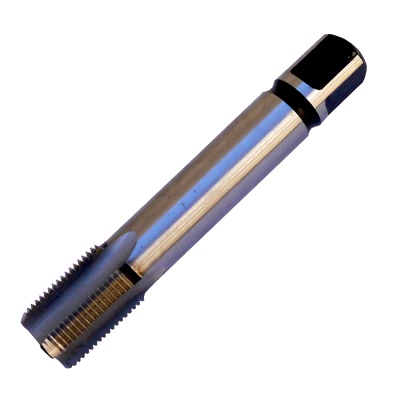
general description
The very term pipe taps eloquently shows that this device designed for pipes made of various materials, for threading them. Visually, such a device looks like a simple bolt. Instead of a hat, a shortened square shank is located at the end of the hardware. The ridges become smaller near grooves. Consequently, the design fits into the hole as smoothly as possible and allows you to reduce the applied forces.
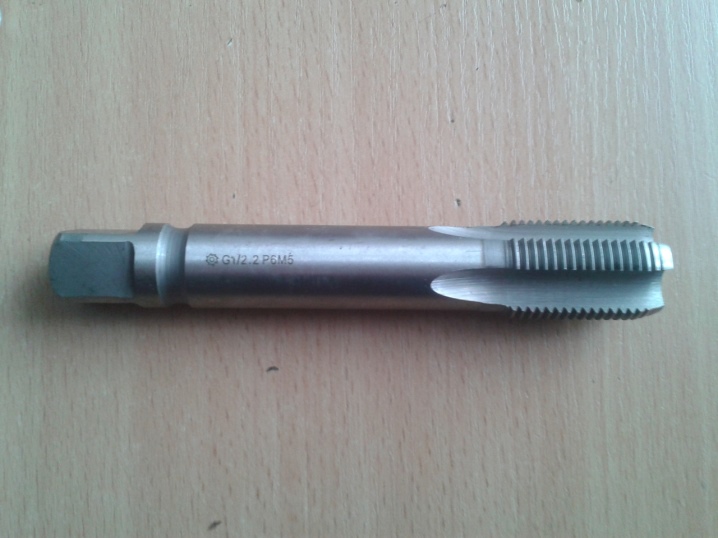
The pipe taps are equipped with longitudinal grooves. These grooves aid in chip evacuation. The size of the structures can vary significantly.
However, they are all suitable for working with a variety of pipes. Products can form various types of grooves.
Species overview
All pipe taps are subject to GOST 19090, officially adopted in 1993. The types of grooves that such tools form are spelled out in other, earlier standards. Some models are designed for straight pipe threads. A similar solution is used for a wide variety of types of plumbing equipment. Tapered taps are used to create pipelines with increased pressure, because such a solution is especially reliable and stable.
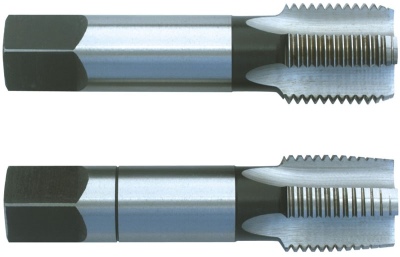
The nominal diameters of the marking equipment are very diverse. However, several typical solutions are almost always used, which are most convenient. The standard prescribes the approximate correspondence of pipe and classic metric threads. For example, bucovice tools 142120 are produced at 1/2 inch. This is a pair of right hand taps made of high speed steel alloy HSS.
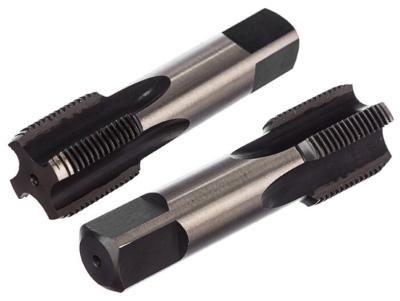
3/4 models can also be quite good. This hand tool is attractive to most plumbers. For its manufacture, durable metal grades are usually used. Such products of the DiP brand are in demand. Both variants just described have a tapered thread.
A similar thread is designated with the letter R or a combination of Rc characters. Cutting is carried out on surfaces with a taper of 1 to 16. It is necessary to work until it stops. Cylindrical pipe taps are also in demand. They are denoted by the symbol G, after which a numerical designation of the bore diameter is placed (mainly G 1/8 or G 3/8 options are found) - these numbers express the number of turns per inch.
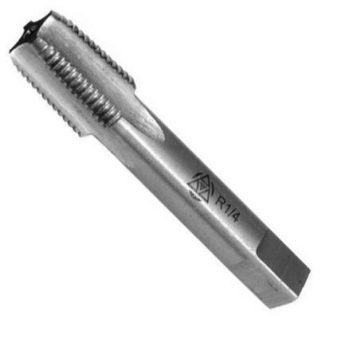
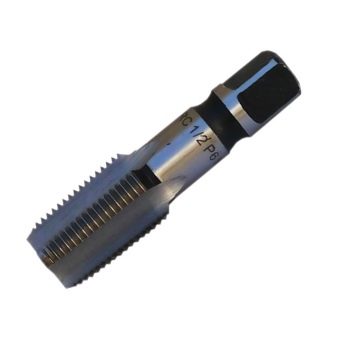
How to use?
The pipe tap is not easy to use. However, you should not be too afraid of difficulties. Such a device is suitable for cutting an internal thread in a pre-drilled hole. To use the tap itself for driving holes is almost a hopeless affair, and the use of a tool is clearly irrational.
It must be remembered that no drill gives a completely accurate diameter.

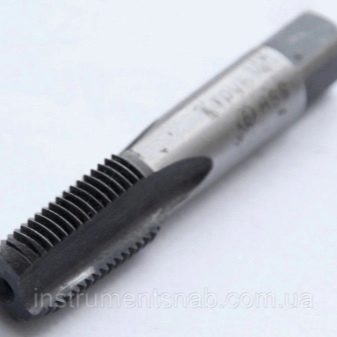
For work in many cases, tap holders are used... Some locksmiths prefer to first make the thread with a rough tap, and then finish it with a finishing tool. With this approach, the resource of the main device is saved. However, in simple cases and in episodic work, such a moment can be neglected; shavings must be removed during work.
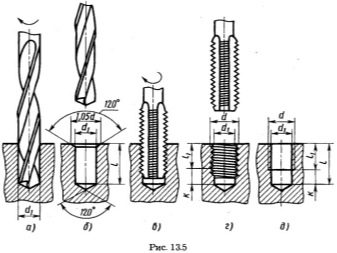
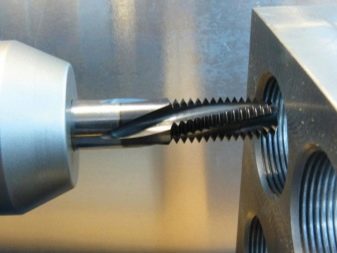













The comment was sent successfully.